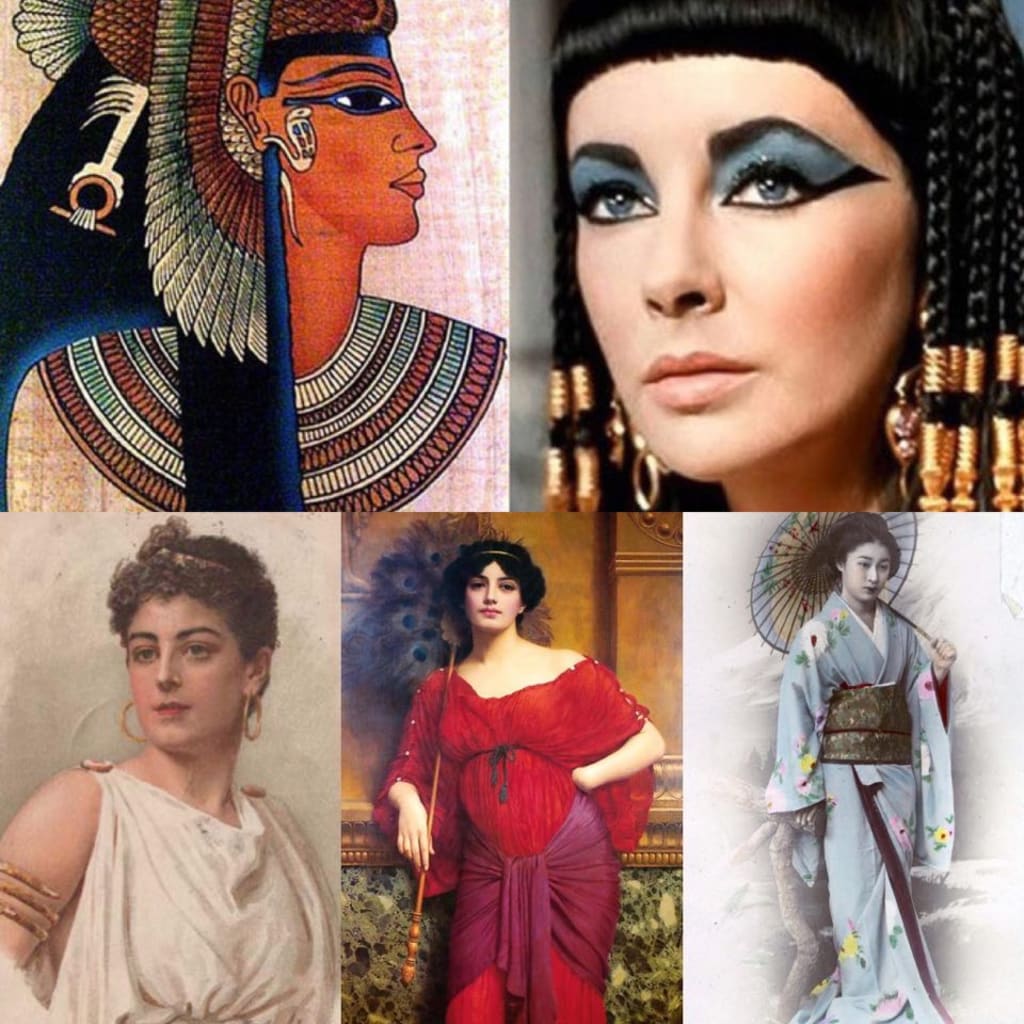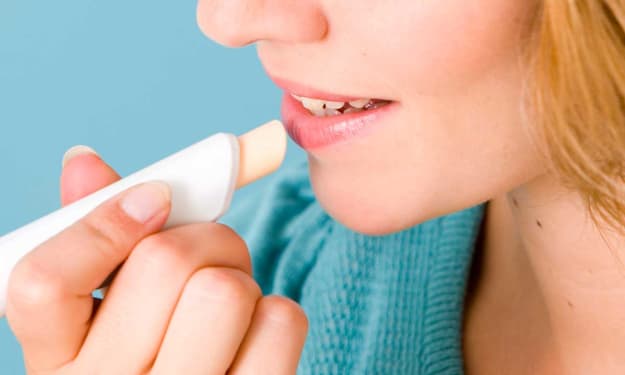
Mesopotamia
Mesopotamia is generally considered the homeland of lipstick. Even before BC, it was cooked from bee wax, fat and pigment. The word "lipstick" comes from the Latin word "pomum," which means apple.
This fruit was often also added to the lipstick formulation as one of the ingredients. Cosmetics used by women in Mesopotamia were the most expensive in the world. The whole thing is that gems erased in dust were used to get the right shade.
By the way, in the Middle Ages in many countries women were not allowed to use lipstick and other cosmetics. But court men often used it to focus attention on lips that could be lost against the background of a beard.
Ancient Egypt
One of the earliest mentions of cosmetics can be found in the Egyptian papyruses. Judging by information which was found in ancient manuscripts, a lot more millennia back Egyptians used means like blush, eye shadow, pencils for eyebrows and powder. Besides, wings drew and purified skin by means of pumice and a pounded stone.
Egypt is owed modern cosmetology and the popularity of oils. However, in those distant times they were used more to neutralize unpleasant smells. Chamomile, lavender, thyme and rosemary handled it very well.
However, not all means popular in ancient Egypt were safe. In addition to ochre, Egyptians often used antimony instead of mascara for eyes and underwater. And only after many centuries it became clear that antimony refers to toxic trace elements, and it’s dust and steam cause nasal bleeding, can affect the skin and cause disorders to vital functions of the body. So such a beauty solution often caused health problems.
Japan
Traditional make-up with a whitened face is rooted in the Heyan era. To obtain a perfectly white skin color (which was considered a beauty benchmark), rice powder was used, which was mixed with water, after which the resulting paste was applied to the face. Such makeup was very popular not only in the theater, but also in daily use, although it cannot be called natural.
Rome
The Roman Empire gave us a prototype of modern cosmetics. In a kind of case, which resembled the artist's accessory, Roman girls stored wine yeast, which replaced them with blush, and legume or wheat flour as powder. There were also kept gropes and soot for makeup and correction of eyelashes and eyebrows.
There were times when the import of cosmetic drugs from the East reached such a volume in Rome that the Senate had to limit it. Pliny wrote: "By the most modest estimates, India, China and the countries of the Arabian Peninsula pump out a hundred million barrels from our empire every year. That 's what luxury goods females are worth! "
In addition to decorative cosmetic, in Rome begin to use hygienic cosmetics. Baths are becoming very popular, where the skin was satisfied with a variety of curtains and ointments (especially appreciated ointment from Egypt, giving the skin a golden shade). The favorite ingredient in skin care is donkey milk, which some fashion women wash up to 70 times a day. Noble patricians even brought with them whole herds of donkeys and bathed in their milk.
Ancient Greece
It was there that the profession of cosmetologist emerged. However, then this specialist was called "cosmet."
She prescribed creams and various procedures to women, helped mask skin defects, and in many ways he performed the functions not only as a cosmetologist, but also as a makeup artist.
According to one of the legends, even the goddess of love Aphrodite used make-up. After she won the first "beauty contest" and received from Paris a prize-apple with the inscription "The most beautiful," Athena and Hera raised a big scandal. They stated that Aphrodite used cosmetics -in their opinion she cheated.
By the way, at first it was a thought that the ordinary Greek woman - the mother and the keeper of the home hearth - shouldn't put make-up on her face, only professional lovers - Getters - could afford it. However, after Alexander Macedonian's trips to the East, the attitude towards cosmetics changed. The Greeks were strongly impressed by the women of China and India, who turned their faces into real paintings.
About the Creator
Maryna xx
I do love writing stories and translating articles.






Comments
There are no comments for this story
Be the first to respond and start the conversation.